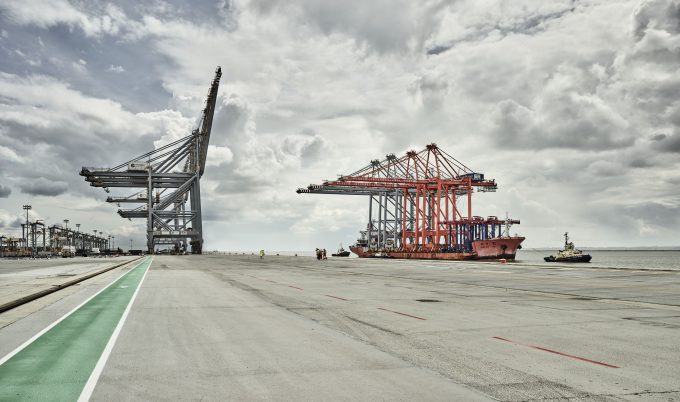LA/LB ports eye record throughput, but there are 'signals of strain'
The main US port complex of Los Angeles and Long Beach is on target for ...

Communications equipment found on Chinese-manufactured quay cranes in the US has prompted fresh fears of espionage.
Equipment manufactured by state-owned ZPMC, one of the world’s biggest crane builders, has come under scrutiny at US ports.
A congressional probe found, at one port, 12 cellular modems on crane ...


Comment on this article